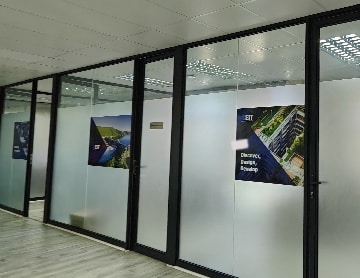That virtually unheard of quantity – surface tension – is the cause of enormous costs in the engineering world and a slight reduction in this rather arcane ‘force’ could save billions of dollars.
Dear Colleagues

A Technical Refresher
As a refresher for those that are rusty – surface tension arises because of the additional cohesive forces between liquid molecules at the surface of a liquid. The molecules at the surface of a liquid do not have similar molecules surrounding them (as they are making contact with different molecules of the surface). This means that they tend to cohere or ‘stick to’ their sister molecules on the surface somewhat more aggressively. This results in a surface film which makes it difficult to move an object on the surface than when it is totally immersed.
Some Practical Applications
The areas where surface tension is an issue are manifold and include such areas as:
- A practical application of surface tension (which you know all about when scrubbing dishes in the sink – after a particularly glutinous or oily meal). The surface tension of water decreases significantly when heated up and becomes a great cleaning agent. This means hot water is a better cleaning agent and can get more readily into all the (filthy) pores and fissures of the dishes than cold water.
- If you touch the inside of your canvas tent after there has been a ferocious rain storm outside; you break the surface tension of the water and thus enable the water to penetrate the pores of the canvas resulting in irritating dripping water from the canvas within the tent. Most modern tents don’t have this problem these days.
- Soaps and detergents lower the surface tension of the water and thus enable even cold water to be used to wash clothes ( as you well know with the repetitive advertising on commercial TV).
Some Amazing Research
Other practical problems with surface tension arise with such issues as squeezing that last recalcitrant dollop of toothpaste out of the tube. Others relate to paints and foodstuffs that stick to piping and mixing tanks and where huge amounts are lost in transit or simply stuck in the tank. If one could address these issues ever so slightly huge savings are possible.
MIT Rides to the Rescue
An interesting report from the Economist shows that Dr Varanasi of MIT has designed an approach which is to change the texture of the surface (such as the inner surface of a pipe) to trap a lubricant which is in the liquid being transported (e.g. the tiny amounts of oil in a foodstuff such as a dairy product). This reduces the surface tension of the liquid and enables the liquid to flow easier. As added impetus they have found that in putting in a slight temperature gradient along the surface – they can also help drive the liquid along.
So next time you ruefully contemplate the difficulties in extracting the last vestiges of hair shampoo – know that help is soon at hand with a far more efficient technique to remove every last drop of shampoo by lowering the surface tension.
Thanks to Hyperphysics (Georgia State University) for a wonderfully revealing set of common sense notes. And the Economist for some interesting applications of research into Surface Tension.
The real test is now to apply this research into the reduction in surface tension to real world problems as Henry Petroski remarks: Science is about knowing; engineering is about doing.
Yours in engineering learning
Steve


